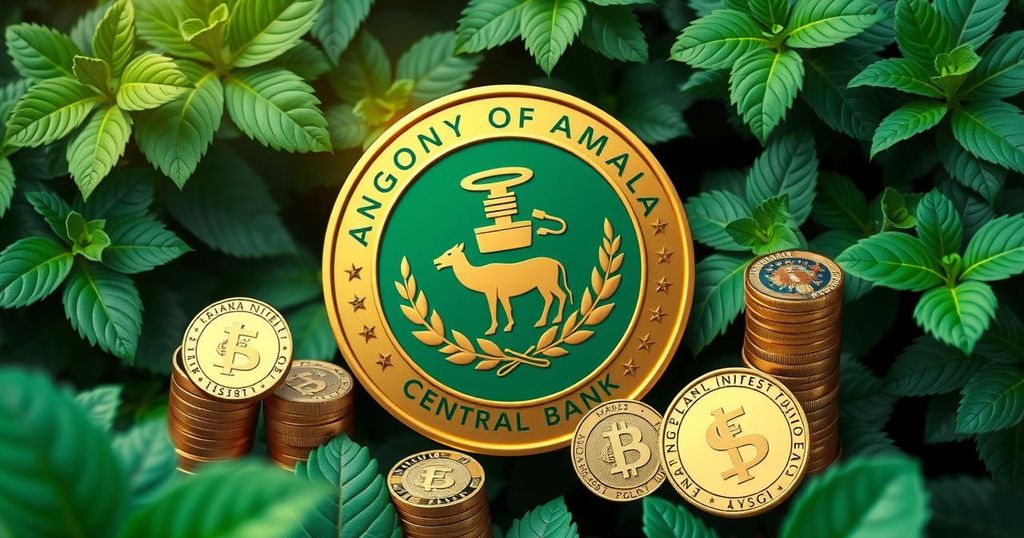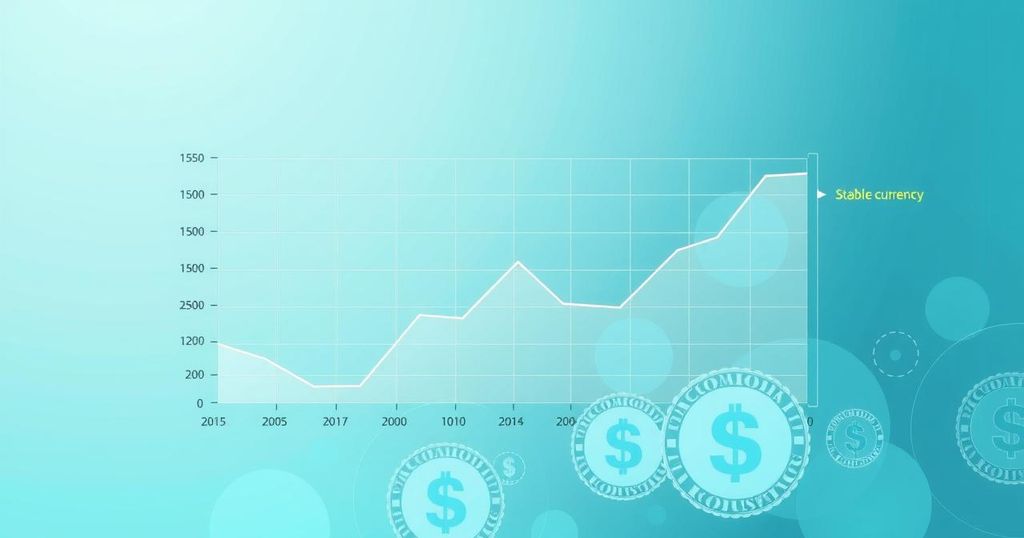Sudan Experiences Soaring Inflation: Rural Areas Most Affected
The inflation rate in Sudan has reached 142.34%, with rural areas severely impacted, experiencing a CPI increase of 155.84%. The UN is striving to assist 21 million vulnerable people in 2025 but faces severe funding shortages, currently obtaining only 6.3% of the required financial support.
The annual inflation rate in Sudan has surged to 142.34% in February, a stark increase compared to the same month last year. The Central Bureau of Statistics (CBS) reported a monthly inflation increase of 1.15% from January to December 2025. Notably, rural areas are disproportionately affected, experiencing a Consumer Price Index (CPI) increase of 155.84%, compared to 123.32% for urban areas.
The CBS released data revealing that the CPI in February 2025 stood at 382,533.02 points, soaring from 157,847.54 points in February 2024, marking an increase of 224,685.48 points. Furthermore, the monthly inflation rate reflects a 145.14% change from the previous year. The CPI for February 2025 showed a modest increase from January 2025, escalating by 4,346.83 points to reach 382,533.02 points.
In the food and beverage sector, the CPI registered 162,439.07 points in February 2025, up from 161,179.17 points the previous month, demonstrating a monthly growth of 0.78%. The annual increase for the food and beverage index was marked at 128.45%, showcasing a significant rise in essential goods’ prices over the past year.
Conversely, urban inflation revealed a CPI of 273,560.25 points in February 2025, representing an annual change of 123.32% since February 2024, where it was recorded at 122,498.23 points. Comparatively, rural CPI reached 497,221.82 points, highlighting an alarming 155.84% increase from February 2024’s benchmark.
Amid these rising prices, reports indicate acute food shortages and logistical obstacles across Sudan. The United Nations aims to deliver aid to approximately 21 million vulnerable individuals in 2025. However, significant funding declines from key donor nations have jeopardized this initiative, with only 6.3% of the necessary $4.2 billion received thus far. In its Global Humanitarian Overview, the UN emphasizes that this situation represents the largest number of people under a UN-coordinated plan this year, as outlined in its Humanitarian Needs and Response Plan (HNRP) for Sudan.
In summary, Sudan is facing an alarming rise in inflation, particularly affecting rural regions where the Consumer Price Index has escalated significantly. The challenges posed by soaring food prices and urgent humanitarian needs are compounded by inadequate funding for relief efforts. As the situation escalates, continued attention and support are critical to alleviate the plight of millions in Sudan and ensure the delivery of necessary aid.
Original Source: www.dabangasudan.org




Post Comment